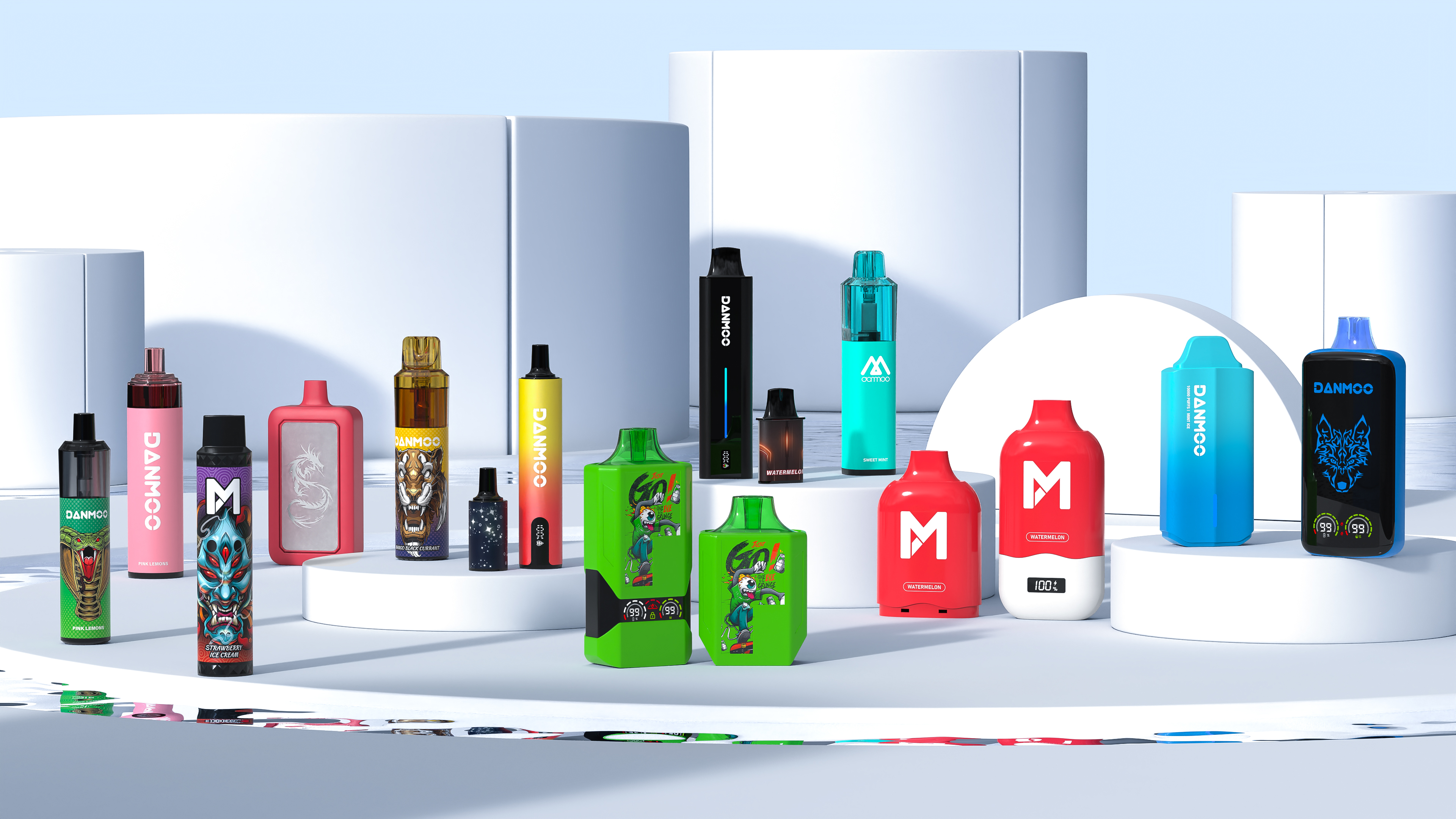Email format error
Email cannot be empty
Email already exists
6-20 characters(letters plus numbers only)
The password is inconsistent
Email format error
Email cannot be empty
Email does not exist
6-20 characters(letters plus numbers only)
The password is inconsistent


Targeting the Youth Market in Canada: Is E-Cigarette Marketing Responsible?
E-cigarette marketing is a big issue in Canada because many young people are using them. The rise of vaping among youth has led to concerns about whether e-cigarette companies are marketing their products responsibly. This blog looks at how e-cigarettes are marketed in Canada, the rules that control this marketing, and whether companies are doing enough to protect young people.
1. The Growth of E-Cigarette Usage Among Youth in Canada
E-cigarettes have become popular among young people in Canada. A recent survey showed that about 20% of high school students have tried e-cigarettes. Of these, 13% use them regularly. One reason for this is the many flavors available, such as mango, strawberry, and mint. These flavors attract younger users. The way e-cigarettes are sold can make them look harmless, which could give young people the wrong idea about how safe vaping is.
2. Regulatory Landscape: What the Laws Say About E-Cigarette Marketing in Canada
In Canada, there are rules to control how e-cigarettes are marketed. The Tobacco and Vaping Products Act (TVPA) is the main law. It aims to stop companies from targeting young people while still allowing e-cigarettes to be sold to adults who smoke.
The law says companies cannot show young people in their ads or say that e-cigarettes are safe for non-smokers. They also cannot advertise in places where young people can see it, like schools. However, some people think the laws are not strong enough, and that companies still find ways to reach young people.
3. The Impact of Social Media and Influencers on Youth E-Cigarette Consumption
Social media is a big part of how e-cigarettes are marketed to young people. Platforms like Instagram, TikTok, and YouTube are used to promote e-cigarettes. Many influencers who are popular with young people post pictures or videos showing e-cigarettes in a good way. These posts make vaping look cool and fun, which can make it seem more attractive to young people.
The problem is that these influencers often do not talk about the risks of vaping. Their posts can look like normal content. This kind of marketing might avoid the rules that stop ads from reaching young people.
4. Marketing Tactics That May Appeal to Youth
E-cigarette brands use marketing tactics that might attract young users. They often use bright colors, trendy designs, and packaging that look like other products young people like. Many e-cigarettes come in sweet or fruity flavors, which are very popular with teens. This can make vaping seem fun and less like smoking.
These tactics make e-cigarettes seem cool, which could encourage young people to try them. Some say these products are meant to help adults quit smoking, but they may also be bringing in new users who have never smoked before.
5. Are E-Cigarette Brands Responsible in Their Marketing Practices?
E-cigarette companies are under pressure to market their products responsibly. While some companies try to limit their ads to adults, many still use marketing strategies that can attract young people. Some companies have also tried to show that they care about health by promoting programs to help people quit smoking. However, critics say these efforts are not enough because they are overshadowed by ads that target young people.
E-cigarette companies need to be more careful about how they advertise. While they can market to adult smokers, they should not make it easier for young people to start vaping.
6. Health Concerns: The Risks of Youth Vaping in Canada
There are health concerns related to youth vaping. Even though e-cigarettes are safer than regular cigarettes, they are still not safe, especially for young people. Nicotine, found in most e-cigarettes, can affect the brain, making it harder to learn and pay attention. It can also make young people more likely to become addicted to other substances.
There is also concern about the long-term effects of the chemicals in e-cigarette vapor. We know that vaping is not as harmful as smoking, but it is still risky. Experts worry that young people who start vaping could later switch to regular cigarettes, which could cause more health problems.
7. Public Opinion and Responses to Youth Vaping in Canada
Many people in Canada are worried about youth vaping. Health groups, like the Canadian Cancer Society and the Heart and Stroke Foundation, have criticized e-cigarette marketing. They think e-cigarette companies are making it too easy for young people to start vaping.
The government has made stricter rules about the sale and marketing of e-cigarettes. Some provinces have banned flavored e-cigarettes and limited where these products can be sold. But there is still disagreement about the best solution. Some people think banning flavors will reduce youth vaping, while others think that helping adults quit smoking is a better solution.
8. What Steps Can Be Taken to Improve Responsible Marketing?
To reduce youth vaping, e-cigarette companies should make sure their marketing does not appeal to young people. They can do this by:
- Limiting ads to platforms that adults use.
- Avoiding young influencers who promote e-cigarettes.
- Sharing information about the risks of vaping in ads.
- Making sure only people of legal age can buy their products online.
E-cigarette brands that focus on responsible marketing will build more trust with both regulators and customers.

9. Looking Ahead: The Future of Youth E-Cigarette Marketing in Canada
In the future, it is likely that the government will introduce more rules to limit how e-cigarettes are marketed to young people. E-cigarette companies will have to change their marketing to follow these new rules. The key will be to find a balance between helping adult smokers and protecting young people from the risks of vaping.

